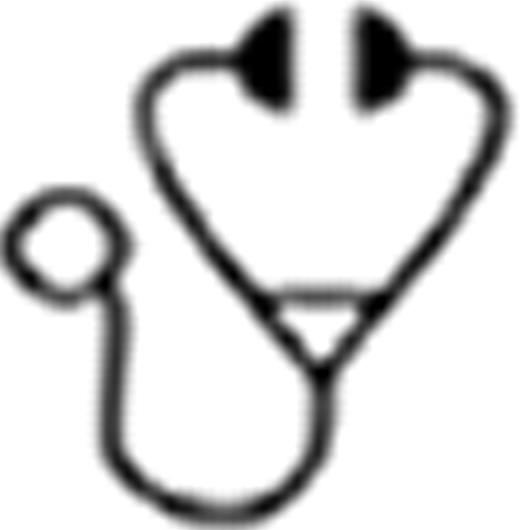Abstract
Abstract  4095
4095
We report an interim safety analysis of a phase II trial evaluating GM-CSF and plerixafor for the mobilization of peripheral blood stem cells in normal HLA-matched allogeneic sibling donors, performed due to unexpected toxicity observed with this combination.
We have previously reported a lower than expected incidence of acute GVHD in recipients of sibling donor allogeneic HSC transplants mobilized with GM-CSF alone (Devine et al. Blood), as well as similar results using a mouse model of GVHD, in which increased Tregs as well as putative myeloid derived suppressor cells (MDSCs) were observed. However, the use of GM-CSF as a single agent for stem cell mobilization has been limited by an unacceptably high (∼30%) incidence of failure to mobilize and collect adequate stem cell numbers in a single 20 L apheresis procedure. Based upon observed synergy between GM-CSF and plerixafor for HSC mobilization in mice, we hypothesized that this combination in humans might overcome the low stem cell yields observed with either agent alone and result in a PBSC product enriched in Tregs and MDSCs that could reduce GvHD after transplant.
A phase II trial was designed, which is ongoing, to evaluate the efficacy of GM-CSF, initially at a dose of 10 mcg/kg SC daily × 5 – 6 days, and plerixafor 320 mcg/kg IV daily starting on day 5, with the primary objective of reduction in the day 1 mobilization failure rate from 33% to <10%, and a planned enrollment of 17 patients. To date 14 donors have been mobilized and 13 recipients transplanted. Initial mobilization with GM-CSF 10mcg/kg was complicated by a high incidence (4/4 donors) of unexpected catheter and IV tubing-associated thrombosis at the time of apheresis, requiring line revision, and in some cases placement of central venous access. The trial was halted for an interim safety analysis, resulting in reduction in the dose of GM-CSF to 5 mcg/kg SC daily × 5–6 days. Since this dose reduction, no significant problems with thrombosis precluding a full 20 L apheresis have been observed among 13 subsequent donors. No evidence of systemic thrombosis has been observed in any donors with this combination. The most common adverse effects have included first dose reaction of severe acute onset bone pain (only in 10mcg/kg dose of GM-CSF), diarrhea, nausea, fatigue, bone pain, injection site reaction, and cardiovascular disorders including bradycardia and transient hypotension. There have been no grade 3–4 adverse events related to mobilization.
A preliminary analysis of mobilization in 10 donors with a 20 L minimum apheresis volume demonstrated a failure to collect ≥2×106 CD34/kg recipient weight in 1/10 donors. The mean CD34/Kg recipient weight collected from these donors was 5.25 × 106 CD34/Kg. Among donors who failed to undergo a minimum 20 L apheresis collection, only 2/4 required a second day of aphereis to achieve a collection goal of 2 × 106 CD34/kg, and no donor failed to reach this goal after two days of apheresis. CD34 cell mobilization peaked at 4–9 hours after plerixafor infusion with mean CD34/uL = 38 at 6 hours (SD = 10.35).
No recipients had primary graft failure. The median time to neutrophil engraftment was 13 days (range 11 – 15), and median time to platelet engraftment was 24 days (range 19 – 28). All evaluable recipients had 100% peripheral blood donor chimerism at day 30 post transplant. One recipient developed secondary graft failure at day +51, and required reinfusion of G-CSF-mobilized stem cells from his initial donor.
The incidence of grades II–IV and III-IV acute GvHD, respectively, among recipients of a GM+P mobilized product was 45% and 18%. The incidence of cGvHD was not evaluable due to the short duration of follow-up. CMV viremia incidence was 38%.
Peripheral blood from donors was collected for correlative studies including phenotyping and functional studies, but has not yet been analysed. Further studies evaluating the hypercoagulability associated with higher doses of GM-CSF are ongoing.
GM-CSF combined with IV plerixafor is a feasible combination. Higher doses of GM-CSF (10mcg/kg) are associated with first dose reactions, hypercoaguability and catheter thrombosis.
Schroeder:Sanofi Oncology/Genzyme: Research Funding. DiPersio:genzyme: Honoraria.
Author notes
Asterisk with author names denotes non-ASH members.

This icon denotes a clinically relevant abstract

This feature is available to Subscribers Only
Sign In or Create an Account Close Modal